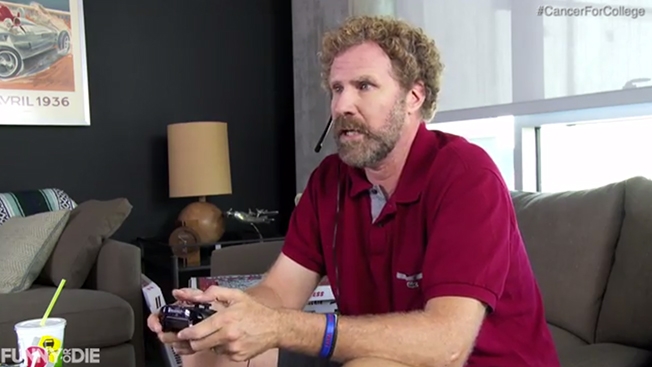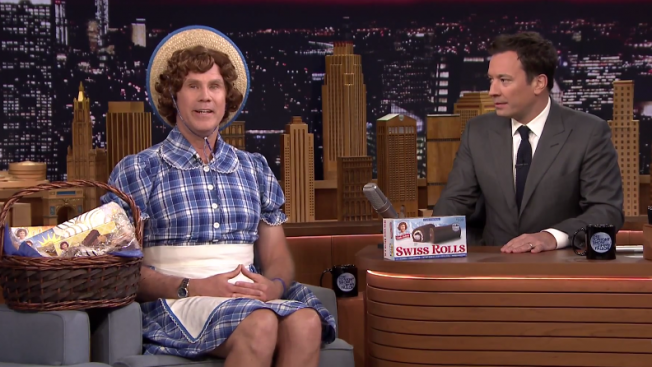Funny or Die found a new way to boost video views. All it takes is a little Kik—help from the messaging apps' new Promoted Chats product. The digital comedy crew at Funny or Die, co-founded by Will Ferrell, said it is getting a 10 percent click rate on videos it sends through the messaging app to its fan base, grown with the new paid marketing product.

It is among a handful of brands testing Kik Messenger's ad product, which lets marketers promote their accounts, accumulate contacts and connect with them.
Now, Funny or Die has more than a million Kik followers, about the same as it has on Tumblr. One in 10 are clicking on messages that encourage followers to "check out this video."
"I've been around this space a long time, and I've never seen that kind of number," said Patrick Starzan, vp of marketing and business development at Funny or Die.
When the humor site posts videos to Facebook or Twitter, by comparison, about 0.5 percent of people who see the link actually click, Starzan said.
The Kik ad tests show that messaging can be a powerful marketing medium as users spend more time on these apps, including Snapchat, WhatsApp, Line, WeChat and Tango.
Kik, founded in 2009, is a quiet, high-ranking force in the app charts with more than 150 million registered users. It has some big-name investors, including Union Square Ventures, and it last raised money in April 2013—$20 million. The messaging space has been flush with cash since then, which could mean Kik is in line for more financing.
This year, Facebook bought WhatsApp for $19 billion, and Tango raised $280 million, mostly from China's e-commerce giant Alibaba Group.
The messaging rivals are coming up with their own modes of generating revenue to support all this investor confidence—Line sells stickers, WeChat experiments with e-commerce. Many platforms are handling overt advertising with care, however, because brands can be intrusive to users who just want to talk with friends.
The Wall Street Journal said Kik's Promoted Chats represent a new form of bot advertising, letting marketers set automated messages to mass communicate in a way that seems one-on-one. It's been called "chatvertising."
Treading lightly, Funny or Die sends out a message twice a week on Kik, as opposed to six to eights posts a day on Facebook and Twitter, Starzan said.
Once a brand accumulates Kik followers through paid Promoted Chats, it gets to message its fan base eight times a month for free, he said.
"Anything else, you pay for," he said, revealing a model that is similar to Facebook, where marketers buy a following and support community outreach with a paid strategy. A maximum of eight free messages was agreed upon during the testing phase, but the number could change when the ad product ultimately launches.
Heather Galt, a vp at Kik, said six brands have tested Promoted Chats, which launched last month. Nearly 3 million Kik users viewed Promoted Chats and opted to communicate with one of the brands, she said, including the million that tapped Funny or Die.
"In the first week, 18 million messages were sent and received," she said.
The other early Kik marketers include Moviefone, DoSomething.org, Cambio and Wattpad.
Brands also are building mini-websites optimized for running inside Kik. For instance, last year the boy band One Direction launched a Kik-optimized page, and since then more than 500 pages have been created, making Kik a mobile hub.
Galt said the combination of Kik-optimized pages and Promoted Chats are creating new ways for brands to push media and promotions. The app also has a place for sponsored positions in the search bar where users look for Kik pages. And there is a "featured" position within the top sites tab, another potential place for brands to promote their presence.
"We see multiple opportunities on the platform with Kik-optimized Web pages, top sites and limited advertising," Galt said. "And we're building more."












